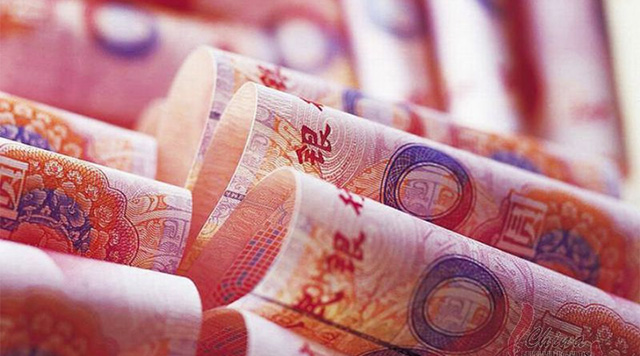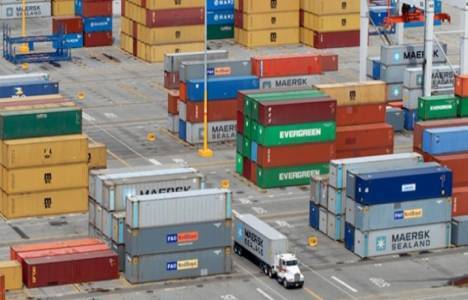
Banking the Unbanked: A field experiment in Prize-linked Savings in Mexico
by Aisling Scott , Paul Gertler (Berkeley-Haas) and Enrique Seira (ITAM)
For a draft of the paper, see here.
This study randomized a temporary incentive of prize-linked savings (PLS) across bank branches in Mexico. A total of 110 branches were involved in the experiment, with 40 branches assigned the PLS treatment and 70 control branches. We demonstrate that PLS products serve as a nudge to open bank accounts and result in a 46% increase in bank account openings. Additionally, those opening accounts due to the lottery are significantly lower savers than their counterparts in the control branches. Furthermore, they keep their accounts open at similar rates and 36 percent use their accounts almost 5 years after the temporary incentive. We do not observe current account holders changing their average savings during the lottery. Overall, we see effects on long-term savings for those who open accounts due to a short-term lottery incentives. Consequently, these lottery incentive (PLS) products could serve as an effective policy initiative to get individuals to open and learn to use savings accounts.
This grant funded us to obtaindata about those individual accounts opened during the lottery. We were able to show that those opening accounts during the lottery incentives turn out to be lower savers at the start, but over 36 percent of them still actively use their accounts five years later, which is the same rate as those in the control group. Consequently, the short-term lottery incentive has long-term effects for a percentage of people opening accounts.
Photo source: jameskaskade.com

Topics
Capital flows
Initiatives
Financial Globalization







